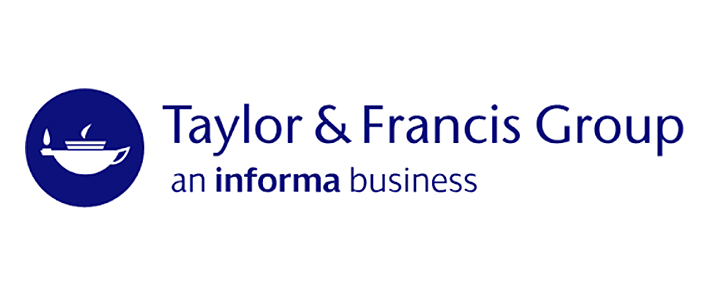Nexus Network Journal [electronic resource] : Patterns In Architecture.
Material type: TextSeries: Nexus Network Journal ; 9,1Publisher: Basel : Birkhäuser Basel, 2007Description: III, 155 p. online resourceContent type:
TextSeries: Nexus Network Journal ; 9,1Publisher: Basel : Birkhäuser Basel, 2007Description: III, 155 p. online resourceContent type: - text
- computer
- online resource
- 9783764385194
- 510 23
- QA1-939
Letter from the Editor -- Letter from the Editor -- Research -- A Generative System for Mamluk Madrasa Form-Making -- A Computer-Aided Rule-Based Mamluk Madrasa Plan Generator -- Curve Fitting in Architecture -- Non-Orthogonal Features in the Planning of Four Ancient Towns of Central Italy -- Integrated Function Systems and Organic Architecture from Wright to Mondrian -- Traditional patterns in Pyrgi of Chios: Mathematics and Community -- Geometer’s Angle -- Squaring the Circle: Marriage of Heaven and Earth -- Conference report -- Bridges 2006: Mathematical Connections in Art, Music, and Science -- Symposium report -- Guarino Guarini’s Chapel of the Holy Shroud in Turin: Open Questions, Possible Solutions -- Exhibit Review -- Zero Gravity. Franco Albini. Costruire le Modernità.
This issue is dedicated to various kinds of patterns in architecture. Buthayna Eilouti and Amer Al-Jokhadar address patterns in shape grammars in the ground plans of Mamluk madrasas, religious schools. Giulio Magli goes back further in history, to the age of Greek colonies in Italy before they were conquered by the Romans, to examine patterns in urban design. In Traditional Patterns in Pyrgi of Chios: Mathematics and Community Charoula Stathopoulou examines the geometric patterns that decorate the buildings of the town of Pyrgi, on the Greek island of Chios. Curve Fitting is a study of ways to construct a function so that its graph most closely approximates the pattern given by a set of points. Dirk Huylebrouck’s paper examines how a pattern of points extracted from an arch might be associated to a precise mathematical curve. James Harris looks at the designs of Frank Lloyd Wright and Piet Mondrian to extract the rules of their pattern generation and propose possible applications.
There are no comments on this title.


























